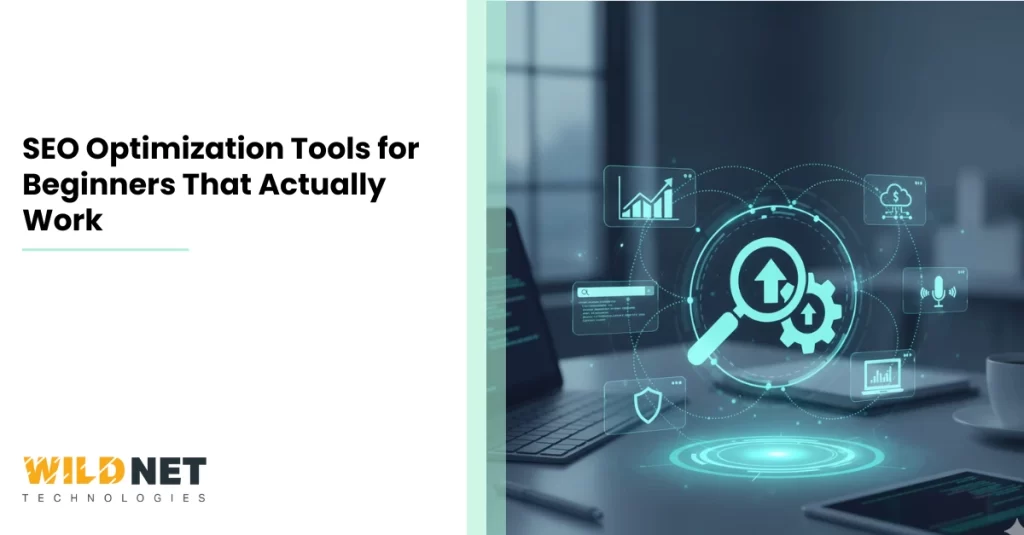The rapid growth of India’s digital ecosystem apps, finance, e-commerce, healthcare, edtech, and social platforms has made personal data protection more critical than ever. To address rising concerns around privacy, data misuse, and unauthorized tracking, the Government of India introduced the Digital Personal Data Protection Act (DPDP Act), along with the upcoming DPDP Rules that will guide its practical implementation.
This beginner-friendly guide explains the DPDP Rules, what the Act covers, why it matters, and how it impacts businesses and users.
What Is the DPDP Act?
The Digital Personal Data Protection Act, 2023, is India’s new privacy law that regulates the collection, processing, storage, sharing, and deletion of personal data. It replaces the earlier IT Rules and brings India’s privacy framework closer to global standards, such as the GDPR.
The Act applies to:
- Indian companies
- Overseas companies handling Indian user data
- Government departments
- Digital platforms, apps, websites
- Any entity processing personal data of people in India
What Are DPDP Rules?
The DPDP Rules are detailed operational guidelines that define how the law will be implemented. While the Act lays down the principles, the Rules explain:
- How consent must be collected
- How privacy notices must be displayed
- Data retention timelines
- Security safeguards
- Breach reporting timelines
- Cross-border data transfer conditions
- Duties of Data Fiduciaries
- Rights execution procedures for users
The Rules are expected to be implemented in phases, giving businesses time to adapt.
Key Features of DPDP Rules
1. Clear, Informed Consent
Organizations must obtain explicit, meaningful consent before collecting personal data.
Consent must be:
- Clear
- Specific
- Informed
- Free of manipulation
- Easily withdrawable
2. Purpose Limitation
Data can only be used for the purpose for which the user agreed.
No hidden tracking or secondary use is allowed without fresh consent.
3. Data Minimization
Businesses must collect only the data strictly necessary for a service.
4. Data Storage Limitation
Personal data must be deleted once the purpose for which it was collected is fulfilled or when the user withdraws consent.
5. User Rights
Under DPDP Rules, users (Data Principals) have strong rights:
- Right to access personal data
- Right to correction
- Right to deletion
- Right to grievance redressal
- Right to withdraw consent.
- Right to know about data breaches.
6. Data Fiduciary Duties
Organizations (Data Fiduciaries) must:
- Implement cybersecurity measures
- Maintain data accuracy
- Delete data when no longer required.
- Respond to user data requests within time limits.
- Report breaches promptly
7. Significant Data Fiduciaries (SDFs)
Large or sensitive-data-heavy businesses may be classified as SDFs. They must:
- Appoint a Data Protection Officer (DPO)
- Conduct regular audits
- Carry out Data Protection Impact Assessments (DPIA)
8. Data Breach Reporting
Organizations must inform both the Data Protection Board and affected users in case of any data breach.
9. Protection for Children’s Data
For users under 18 years:
- Parental consent is required
- No harmful or addictive profiling allowed
10. Cross-Border Data Transfer
Data can be transferred to foreign countries except those specifically restricted by the Indian government.
Why Are DPDP Rules Important?
The DPDP Rules matter because they:
- Strengthen trust between businesses and users
- Ensure accountability in handling personal data.
- Protect citizens from fraud, identity theft, and misuse.
- Help companies align with global privacy standards.
- Reduce risks of massive data leaks.
When Will DPDP Rules Be Implemented?
The government is expected to notify the Rules soon, with implementation likely in stages starting from 2024–2025.
Businesses will get a transition period (often 6–12 months) to achieve full compliance.
FAQs
1. What is the DPDP Act?
It is India’s new law that regulates the collection, use, storage, and protection of personal data.
2. What are DPDP Rules?
DPDP Rules are detailed guidelines for implementing the DPDP Act in practical scenarios.
3. Who must comply with DPDP Rules?
Any organization—Indian or global—that processes data of Indian users.
4. What rights do users have under DPDP?
Users can access, correct, delete their data, withdraw consent, and receive breach notifications.
5. What are the penalties for violations?
Fines can reach ₹250 crore depending on severity.
6. Do DPDP Rules apply to startups?
Yes. All businesses, large or small, must comply.
7. What is a Data Fiduciary?
An entity that collects and processes personal data.
8. When will DPDP Rules be implemented?
Likely in phased rollouts starting from 2024–2025.
9. How does DPDP protect children’s data?
It requires parental consent and prohibits the processing of harmful data.
10. Does DPDP allow cross-border data transfer?
Yes, except for countries on the Indian government’s restricted list.
Conclusion
The DPDP Rules mark a historic shift in how Indian businesses handle personal data. Whether you’re a startup, enterprise, or digital platform, compliance is no longer optional. It is essential for trust, safety, and long-term sustainability.
At Wildnet Technologies, we help businesses implement end-to-end DPDP compliance—
From privacy audits and consent systems to secure data handling and cybersecurity frameworks.
Our team ensures your business stays legally compliant while delivering seamless user experiences.
If you want help adapting your digital operations to the upcoming DPDP Rules, Wildnet Technologies is here to guide you every step of the way.
Read More
- Is SEO Worth It for Small Businesses? A Complete Guide for 2026
- How Many Internal Links Per Page for SEO? Complete Guide 2026
- What Is Disavow in SEO? A Complete Guide for 2025
- AI-Driven Personalization: The Now & Future of Customer Engagement
- What’s a Good CTR on YouTube? Complete Guide for Creators & Marketers






